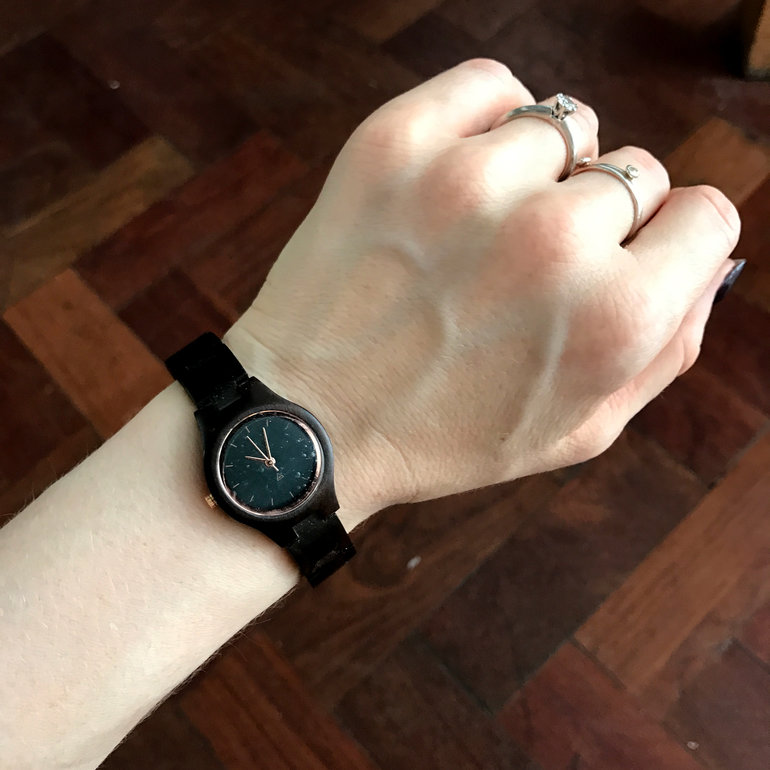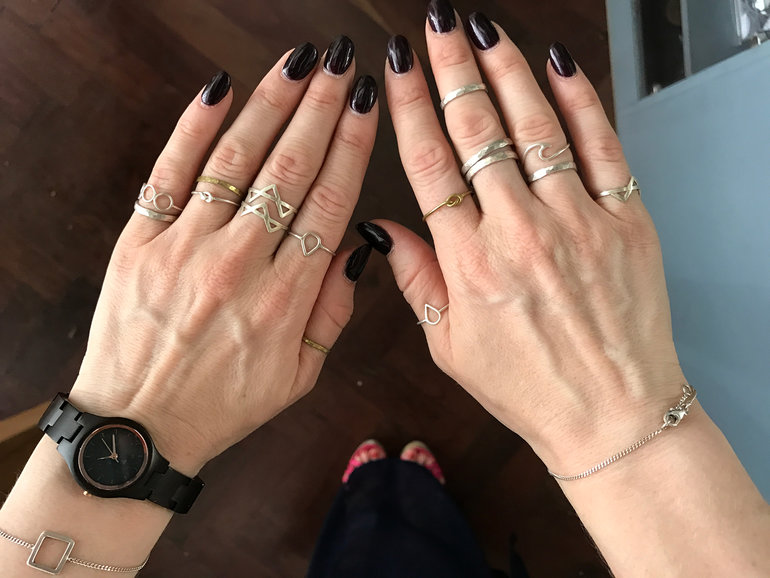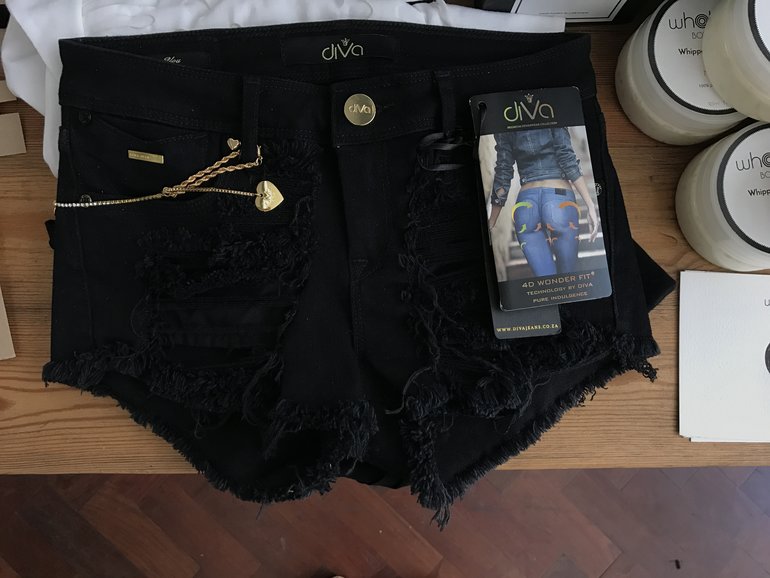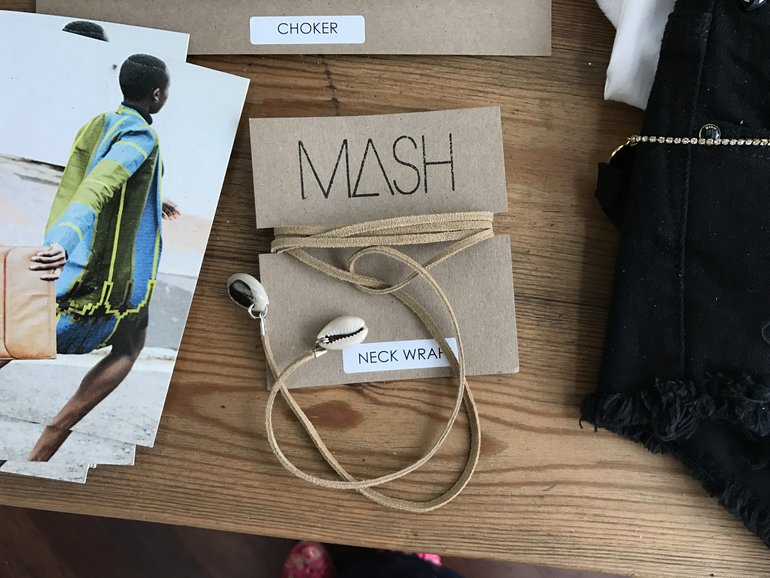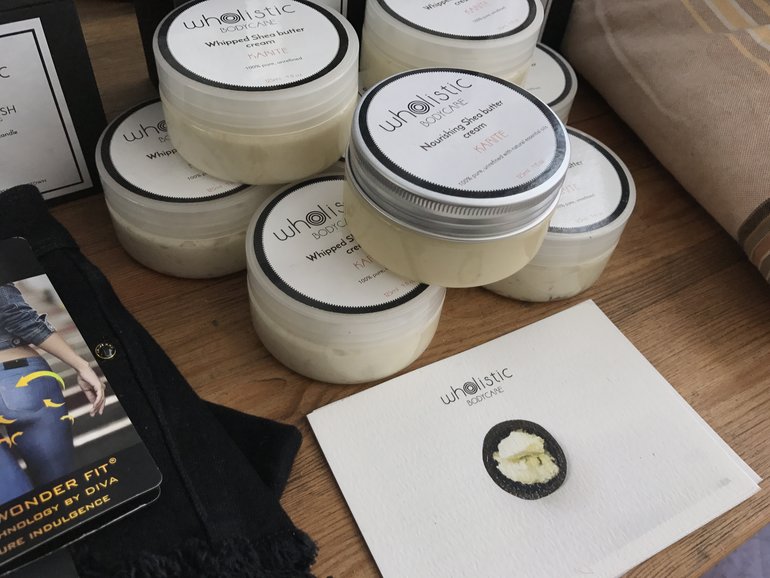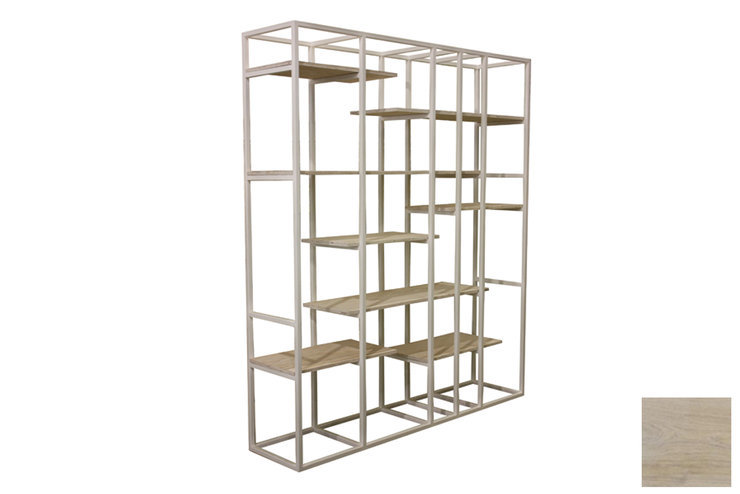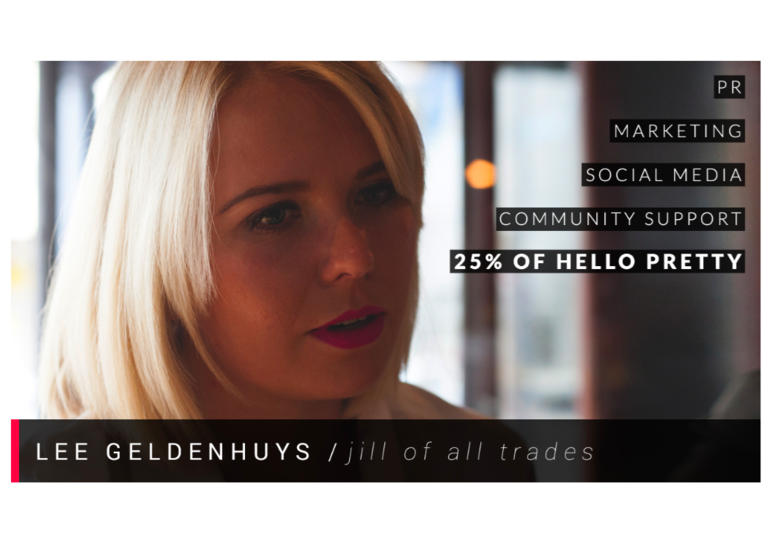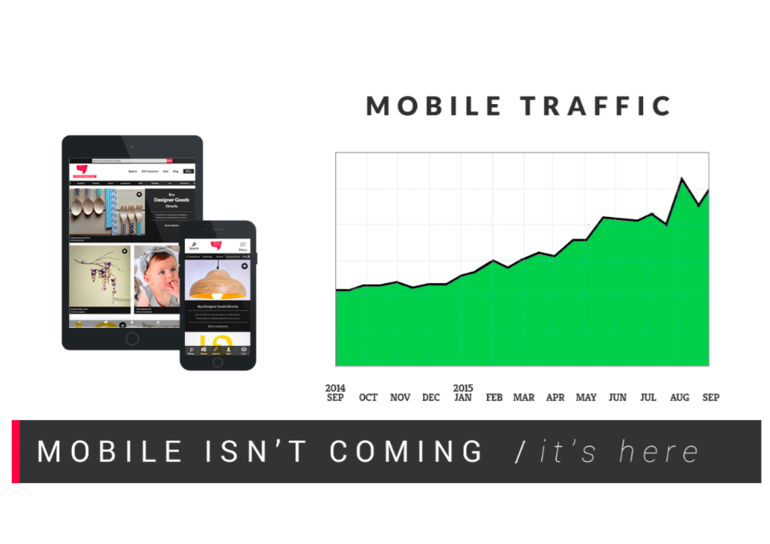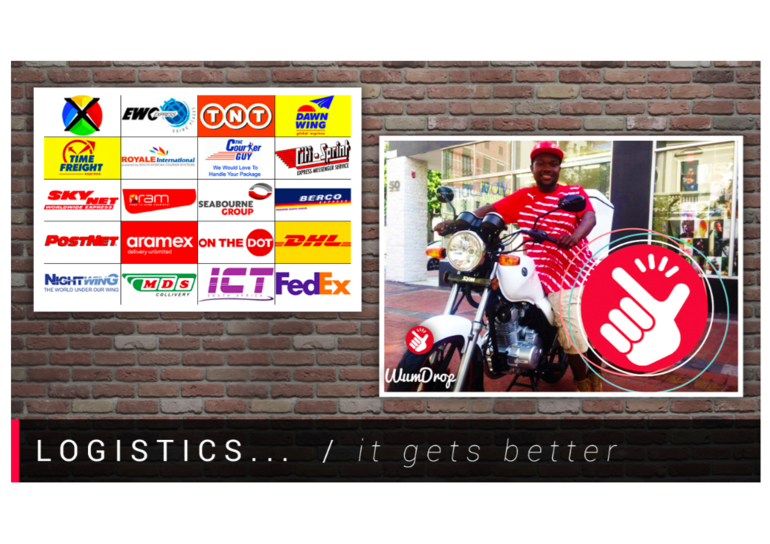As with all new ventures, and especially with something as fast paced and ever changing as the general digital landscape, important factors to consider when setting up shop are always general trends. This can sound and seem completely overwhelming, but when you’re choosing your platforms for example, having a responsive, mobile friendly design can make a huge difference to how easy it is to fnd you, and then buy from you.
I mention responsive, mobile friendly platforms frst because mobile isn’t coming. It’s already here. With this year’s Googlegedon, where Google announced they would penalise or downrank sites that weren’t mobile friendly, businesses everywhere suddenly had a fire lit under them to jump on board the responsive design train. (Us included, which brought forward our recent redesign timeline by months) Whatever platform you choose needs to bear this in mind, since it could lose you hard-won web capitol, not to mention access to millions of smartphone users you want to do business with.
The graph you see here shows how mobile traffc on Hello Pretty itself has spiked in the last two years - currently over half of our traffic comes from smartphones and tablets. People are permanently on the go - you need to make it as easy as possible for them to fit buying from you into their lifestyles, so how your site is built is so important. Google, and your wallet, wants you to set up your site for smartphone users. Google, and your wallet, wants customers to have a positive user experience. No one wants to struggle with a diffcult check out process from a phone screen - you'll lose that sale.
Something else that’s important to note is how the internet has completely changed the way consumers behave - they are becoming much more savvy, and are less likely to purchase items at random. They base their decisions on research - price comparison websites, reviews, opinions, etc. I know my entire team can get trapped in a research whirlpool with our online shopping habits. As Cathy mentioned earlier – people are researching “in real life,” and then buying online – and often vice versa. This is important to remember when setting up your site, your store policies and product descriptions.
Another trend that has slowly been on the rise, and one we are cheering on fervently thanks to the grey hairs it’s caused us, is improved logistics, and I'll circle back to this later. We don’t care for drones. You can keep them Amazon. We just want a decent delivery experience - again, this can affect a customer’s user experience, and having to struggle to track down a purchase, or have something arrive in pieces, can leave a poor impression and affect your number of repeat customers. And the worst thing is that it’s something that we often have very little control over.
Couriers are starting to cotton on to the importance of offering an ecom-aligned service - people don’t trust the post offce after the recent upheavals, and shipping locally via a courier is a lot cheaper than people realise. And it can land up being a far less stressful experience for both you and your customer.
There have been huge advances in logistics worldwide. Solutions like Wumdrop’s on demand pickup services are starting to gain momentum and become more prevalent. Very slowly, people are starting to realize that shipping is a service that's worth the cost. In countries like Nigeria, Uganda, and Kenya, the Takealot equivalent, Jumia, bought motorbikes and hired drivers to deliver everything and take payment on delivery, because of lacking logistics systems in the countries and a lack of online payment, credit cards, and consumer trust.
So yes, shipping can seem to be an enormous scary gauntlet to run, but if you are selling products it's worth some trial and error to find the solution that best suits you and your business.



